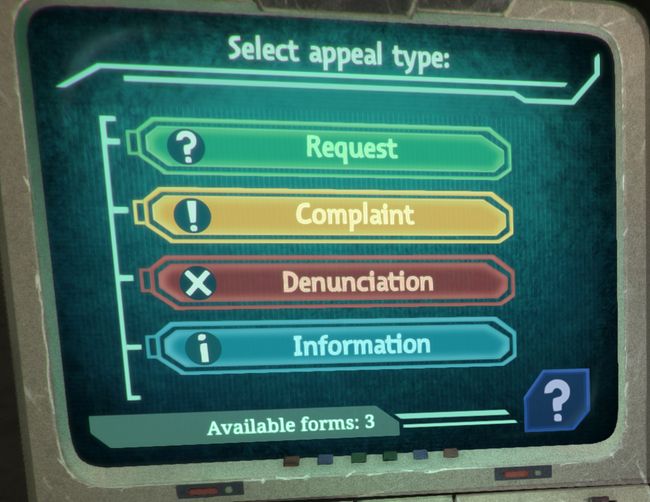
The starting level for characters began just about where EOB left off. Items were not quite as nice as the first game.įrom the EOB2 Intro : Look into my eyes, you will accept my quest! The game was more difficult and could at times be cruel to the player. The monsters were more varied and more devious. There was an ending cinematic, which was sadly absent from the MS-DOS version of Eye of the Beholder. Outdoor areas were added, and the game was far larger than its precessor. The opening cinematic was pretty spectacular when people first saw it. The next game in the series, 1991's Eye of the Beholder II : The Legend of Darkmoon, used the exact same engine but made several improvements to the gameplay. The game was a big success, and successes equal sequels.

There was a special portal system to allow your party to warp to various levels in the dungeon. Sound effects were especially important, as the various noises could tell you how close enemies were. The various levels of the dungeon had different designs, from the red brick and slime of the sewers to the stone work of the dwarven levels and the onyx designs of the drow. The plot was thin, even by 1990's standards, but if people wanted a good plot in a computer RPG, they would play Ultima VI. There was an opening cinematic outlining the plot and music (until you entered the game).
BEHOLDER 2 BASICS MANUAL
This being 1990, and not 1987, players expected a bit more than to just read the manual and then thrust themselves into the game. Your party is good, the monsters you fight are evil, and that is as morally complex as it gets. Alignments were generally not important to the game. Attribute bonuses, saving throws, THAC0 and Armor Class were all present. Magical items concentrated heavily on weapons, armor and wands. Spells were generally limited to attack, defense and healing spells. Item manipulation on the main window required the use of a mouse, just like DM. Classes were basic, but the game engine imposed limits on the more unusual classes like the Bard and the Druid. The style of the game meant that the actual implementation of the AD&D, 2nd Edition system was simplified. You will encounter many of these in your travels
BEHOLDER 2 BASICS SERIES
Like DM, the EOB series required the player to find food for the party to eat, either in the form of rations or with a Create Food spell. Automapping was not a feature in the original DOS version, but was available in some of the later ports. Since this was a first person perspective game, all characters could only attack one way. Only the front rows could attack with melee weapons, the second and third rows could only use thrown weapons or spells. Being surrounded meant that you could not move and unless you killed your enemies quickly, you were doomed. You can attack enemies on their flanks, but they can attack yours as well. Since fights occurred in real time, fast maneuvers became important, especially with tough enemies. This game was all about slaying monsters, solving puzzles and trying to avoid traps.
BEHOLDER 2 BASICS PC
The sound of EOB was fairly simple, supporting the PC Speaker, Tandy 3-voice chip or the Adlib.

The graphics supported 256-color MCGA/VGA, an improvement over the 16 colors of DM. One feature that EOB had over DM was that the player could create four player characters from scratch, adjust (or max out) their stats, and choose their character class. The result was Eye of the Beholder, which was slightly simplified or streamlined compared with its inspiration.
BEHOLDER 2 BASICS LICENSE
A port of this popular game to the IBM PC platform was slow in coming, so SSI commissioned Westwood Studios to make a game in the same style using the AD&D license it had.ĭungeon Master, the original 1st Person Dungeon CrawlerĮye of the Beholder, of course they didn't copy everything about Dungeon Master, as you can see Its real-time first person 3D perspective was innovative, even if you could only turn 90 degrees. The game Dungeon Master was very popular in the late 1980s on the Atari ST and Amiga. The Gold Box engine was originally designed for the Commodore 64, and its top-down tactical turn based combat was one approach to interacting with a game world, other approaches existed. SSI will forever have a place in the hearts of computer RPG fans for bringing the Advanced Dungeons and Dragons ruleset to personal computers, beginning in the form of the Gold Box games.


 0 kommentar(er)
0 kommentar(er)
